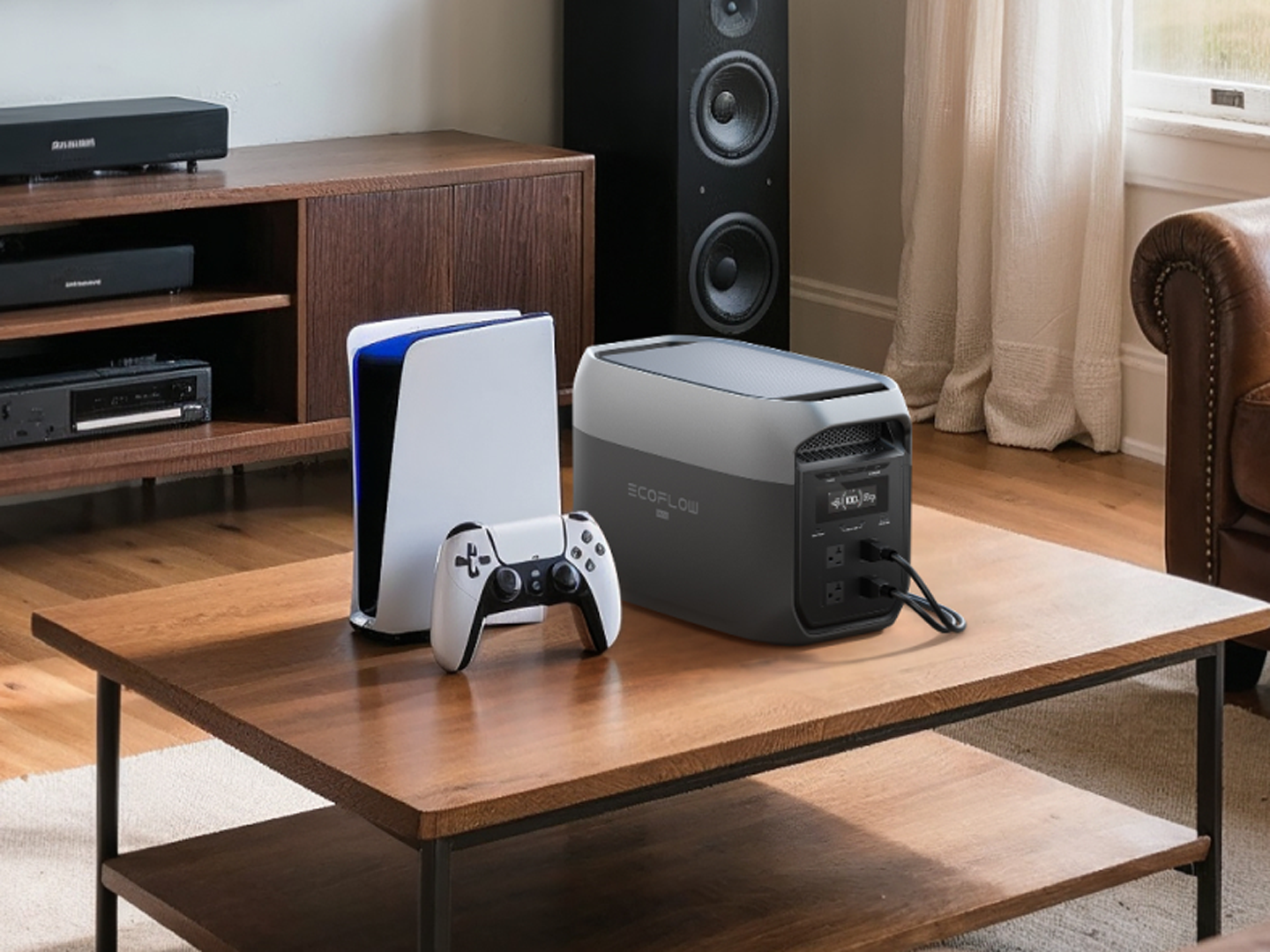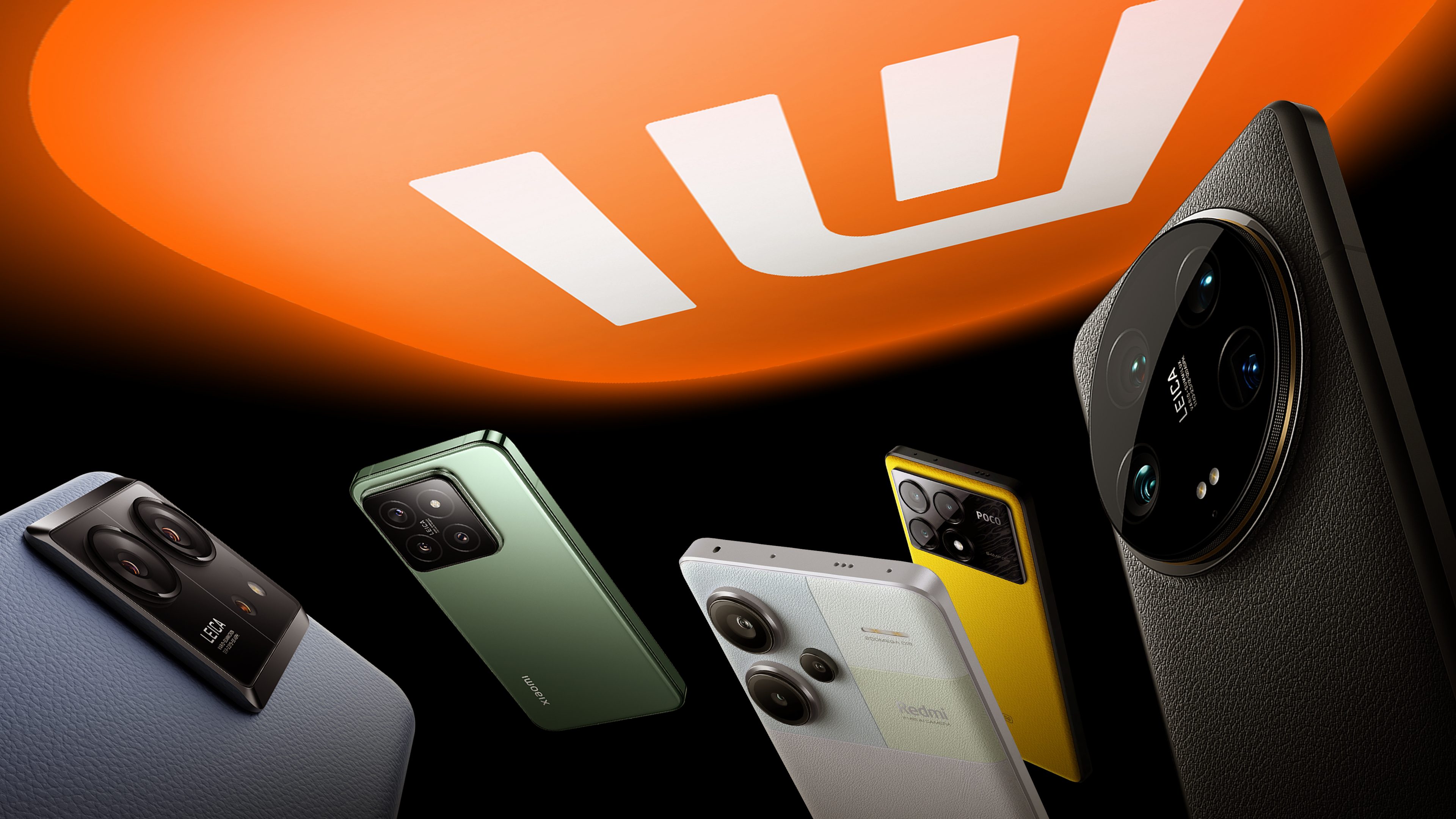
This article is both a selection and an overview of Xiaomi’s catalog of smartphones. In the first table below, you’ll find the best models tested and selected by nextpit. Further down, we explain each of Xiaomi’s different ranges, showing you all the models currently available in the manufacturer’s official catalog.
Table of Contents
The best Xiaomi smartphones selected by nextpit
Xiaomi 14: The best Xiaomi smartphone
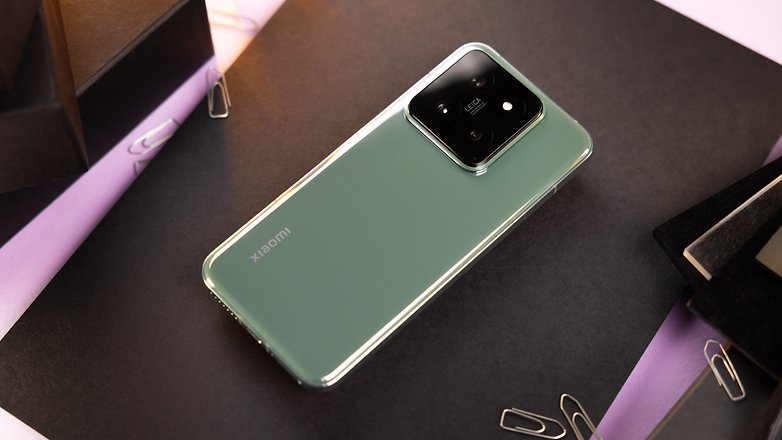
Xiaomi 14 full review on nextpit
In our opinion, the Xiaomi 14 is the brand’s best smartphone yet. It’s not the most powerful model in the range, but the combination of its excellent spec sheet and attractive price make it the editor’s choice.
Like all the smartphones in its range, the Xiaomi 14 is equipped with the latest Snapdragon 8 Gen 3, and its 6.36-inch screen makes it relatively compact. You’ll be able to buy the smartphone with 12GB of RAM and 256GB or 512GB of storage at around $1000 or $1100 respectively.
The partnership with Leica also makes the Xiaomi 14 a good photo smartphone, with three 50 MP cameras on the rear. IP68 certified, the smartphone is equipped with a 4610 mAh battery that recharges at 90 W.
HyperOS and the improved update policy to four Android updates and five security updates make the Xiaomi 14 a very successful flagship.
Good
- Excellent finish and ergonomics
- Snapdragon 8 Gen 3 chipset
- The main camera is amazing under all circumstances
- Solid battery life and fast charging speed
- 4 major Android updates & 5 years of security updates
Bad
- No major new features in HyperOS and plenty of bloatware
- Disappointing ultra-wide angle photo lens
- Still overheats a bit (when running benchmarks)


Redmi Note 13 Pro+ 5G: Xiaomi’s best mid-ranger
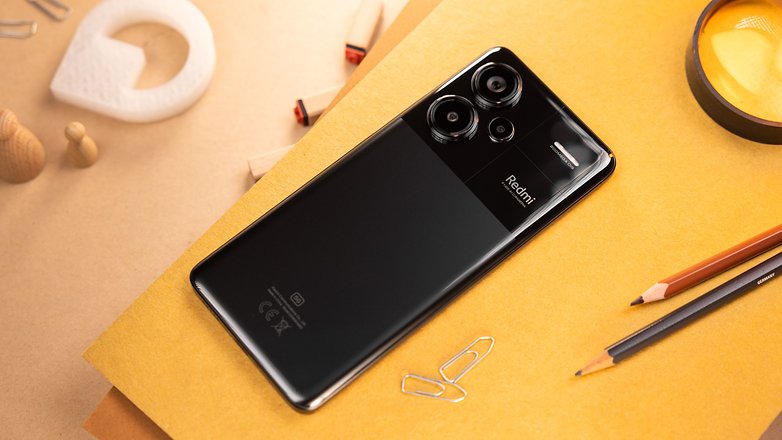
Redmi Note 13 Pro+ 5G full review on nextpit
For just under $500, the Redmi Note 13 Pro+ 5G offers a Dimensity 7200 Ultra SoC and a choice of 8 or 12 GB RAM and 256 or 512 GB storage. The 6.67-inch OLED display has a 120 Hz refresh rate, and instead of HyperOS, it runs MIUI 14 based on Android 13.
Xiaomi has nevertheless improved the update policy of its Redmi models, which now benefit from three Android updates and four years of security updates. Of the triple photo module, you’ll most often be able to use the main lens which, at 200 MP, is really effective and makes the Redmi Note 13 Pro+, a truly versatile smartphone.
The 5000 mAh battery can be recharged with the 120 W charger supplied, which is also unusual in this price category.
Good
- IP68 certified
- Dual SIM + eSIM
- Good workmanship
- Fast charging
- Strong main camera
- Solid update policy
- Very nice display
- Gorilla Glass Victus front and back
- Really good price-performance ratio
Bad
- The unavoidable 2 MP macro cam
- No 3.5 mm jack connection
- “Only” MIUI 14 instead of HyperOS
- No wireless charging
- Bucketloads of bloatware
- No microSD


Poco F6: Xiaomi’s best value for money
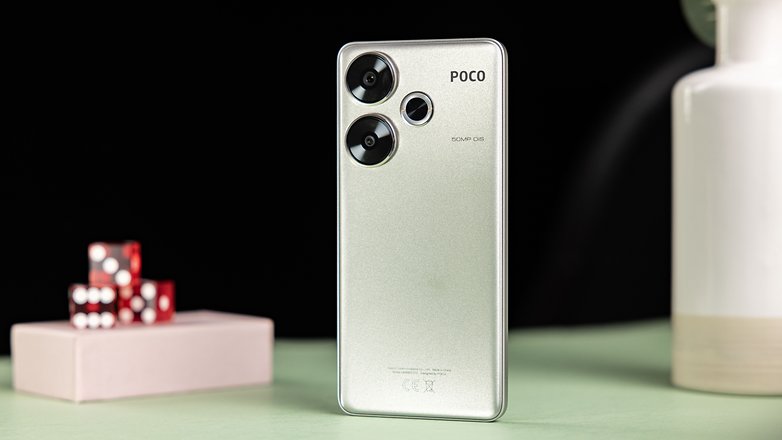
Poco F6 full review on nextpit
The Poco F6 blurs the line between mid-range and high-end. The Snapdragon 8s Gen 3 SoC delivers excellent performance and its 120 Hz OLED screen is very bright with very thin edges.
This Poco phone still lags behind its competitors in photo quality. But if performance is your priority, for gaming or everyday tasks, this is definitely one of the most powerful smartphones in its price range.
The Poco F6 also benefits from Xiaomi’s best-in-class update policy. It will receive three Android updates and four years of security updates. In short, for less than $500, the Poco 6’s quality/price ratio is hard to beat.
Good
- Great performance
- Improved software update policy
- Good battery life
- Fast charger included
Bad
- Bloatware
- Average camera performance
- No microSD support or headphone jack


The Xiaomi smartphone catalog in 2024
Let’s start with the simplest. Numbered Xiaomi smartphones make up the main range. These are essentially top-of-the-range models such as the Xiaomi 14 and Xiaomi 14 Ultra (comparison). Xiaomi has also integrated a sub-range called “T” with affordable flagships such as the Xiaomi 13T and Xiaomi 13T Pro (comparison).
- Launch prices: 650 to 1500 euros
- Model features: most advanced photo modules, latest Snapdragon SoC, lots of RAM, very fast charging, premium design materials
By 2024, Xiaomi had become a fully premium brand, on a par with Apple and Samsung. As a result, its smartphones also became more expensive. The Xiaomi 14 Ultra costs almost 1,500 euros, for example. With the integration of Leica, Xiaomi has also become a benchmark for photo quality. The Xiaomi 14 Ultra can be considered the best photo smartphone on the market in 2024.
As numbered Xiaomi smartphones are generally released in December in China and in February the following year in Europe, they are the first Android smartphones to feature Qualcomm’s latest Snapdragon SoC. Xiaomi also often offers up to 16 GB of RAM, even if that means overdoing it a little. But the performance of Xiaomi flagships is ultra-solid, although the models have an annoying tendency to overheat.
After the flagships at the beginning of the year, Xiaomi is launching a number of new models in the autumn in its “T” sub-range. Think of these models as Samsung’s Fan Edition. The Xiaomi 13T Pro (test) received an excellent rating thanks to its excellent value for money. This year, we should be seeing the Xiaomi 14T and Xiaomi 14T Pro.
Xiaomi smartphones also stand out for their charging technology. Wired recharging speeds are up to 120W, and wireless up to 50W. That’s light years ahead of the competition. And Xiaomi has also worked hard to extend its upgrade policy. Flagships now benefit from four Android updates and up to five years of security updates.
Good
- Excellent finish and ergonomics
- Snapdragon 8 Gen 3 chipset
- The main camera is amazing under all circumstances
- Solid battery life and fast charging speed
- 4 major Android updates & 5 years of security updates
Bad
- No major new features in HyperOS and plenty of bloatware
- Disappointing ultra-wide angle photo lens
- Still overheats a bit (when running benchmarks)


The Redmi smartphone catalog in 2024
| Xiaomi Redmi Note 13 Pro+ 5G | Xiaomi Redmi Note 13 Pro 5G | Xiaomi Redmi Note 13 Pro 4G | Xiaomi Redmi Note 13 5G | Xiaomi Redmi Note 13 4G | Xiaomi Redmi 13C | |
|---|---|---|---|---|---|---|
| Picture |  |
 |
 |
 |
 |
 |
| Display |
|
|
|
|
|
|
| SoC |
|
|||||
| Memory |
|
|
|
|
|
|
| OS |
|
|
|
|
|
|
| Camera |
|
|
|
|
|
|
| Selfie Camera | ||||||
| Battery |
|
|
|
|
|
|
| Connectivity |
|
|
|
|
|
|
| IP Certification | ||||||
| Dimensions and weight |
|
|
|
|
|
|
| Offers* |
|
|
|
|
|
|
Redmi models are Xiaomi’s mid-range range. But within this same range, there are more or less premium models. The Redmi Note 13 Pro+ 5G (test) can be considered the Redmi flagship of 2024. But this mid-range flagship is not at all on the same level as the Xiaomi 14, for example.
- Launch prices: 130 to 500 euros
- Model features: many different models, each with several variants, unbalanced spec sheets
There really are a lot of Redmi models released every year. And as always, there are sub-ranges. There are the numbered Redmi and the Redmi Note.
Currently, the Redmi Note 13 range (comparison) comprises five models. The Redmi range has not yet been renewed. And each of these ranges can have Pro+ Pro, C and A variations, from the most premium to the least.
Generally speaking, it’s best to concentrate on the Redmi Note. Their datasheets are the most interesting. And above all, look out for the 4G and 5G versions. The differences between the Redmi Note 13 4G (test) and the Redmi Note 13 5G (test), for example, can be much greater than you might imagine.
Good
- IP68 certified
- Dual SIM + eSIM
- Good workmanship
- Fast charging
- Strong main camera
- Solid update policy
- Very nice display
- Gorilla Glass Victus front and back
- Really good price-performance ratio
Bad
- The unavoidable 2 MP macro cam
- No 3.5 mm jack connection
- “Only” MIUI 14 instead of HyperOS
- No wireless charging
- Bucketloads of bloatware
- No microSD


The Poco smartphone catalog in 2024
| Poco flagship | The price-performance option | Flagship-killers | Flagship-killers | The mid-range option | The cheap option | |
|---|---|---|---|---|---|---|
| Product | ||||||
| Picture |  |
 |
 |
 |
 |
 |
| Review |
|
|
|
|
|
|
| Display |
|
|
|
|
|
|
| Processor |
|
|||||
| Memory |
|
|
|
|
|
|
| OS |
|
|
|
|
|
|
| Camera |
|
|
|
|
|
|
| Selfie | ||||||
| Battery and Charging |
|
|
|
|
|
|
| Connectivity |
|
|
|
|
|
|
| IP rating | ||||||
| Dimensions and weight |
|
|
|
|
|
|
| Offers* |
|
|
|
|
|
|
Poco is in a class of its own. It’s more a sub-brand than a Xiaomi range. The Poco catalog includes some genuine high-end flagships. But generally speaking, Poco focuses on raw performance and value for money.
- Launch price: 300 to 600 euros
- Model features: high performance with the latest SoCs, flashy designs, very competitive prices, clearer catalog than Redmi, random photo quality.
At Poco, we can distinguish three ranges: F, M, and X. The Poco F range as “flagship”. We’re talking about true high-end flagships that can rival 1,000-euro smartphones in terms of raw performance. I emphasize the word “raw performance”.
The Poco F6 (test) doesn’t claim to be better than an iPhone 15 or a Galaxy S24. It costs half as much, and that’s normal. But the idea is to give you flagship-level performance, while making concessions on the rest, such as photo quality.
The Poco M range is the mid-range. This is Poco’s least premium range, where we aim for balance without claiming to be a flagship-killer.
Finally, the Poco X range is an in-between. X should be understood as extreme. The aim is to offer as much performance as possible, but at the lowest possible price. It’s the same concept as the F range, but taken to the extreme, with many more technical concessions.
Good
- Great performance
- Improved software update policy
- Good battery life
- Fast charger included
Bad
- Bloatware
- Average camera performance
- No microSD support or headphone jack


So much for this comparison and overview of the best Xiaomi smartphones. Has this article helped you make sense of Xiaomi’s catalog? What do you think of the models selected by nextpit? What would you recommend?
This article was updated in May 2024 with a total rewrite. Comments before the update have been kept.















